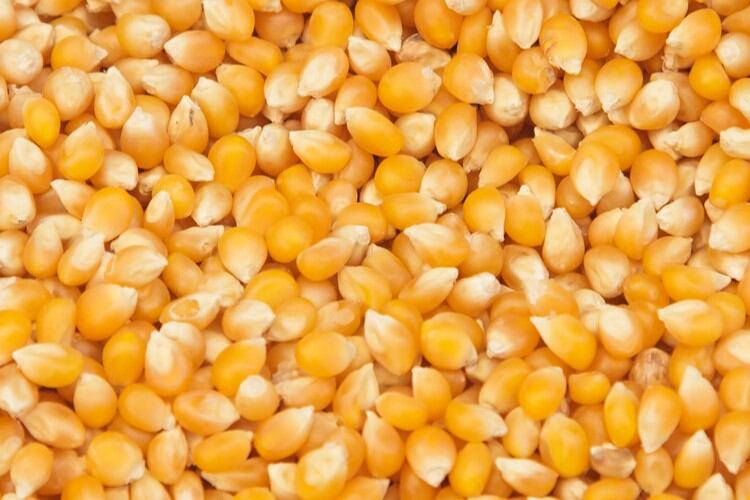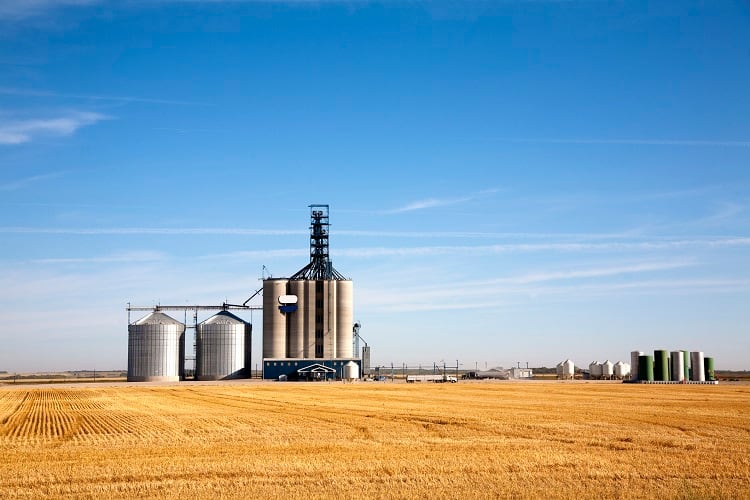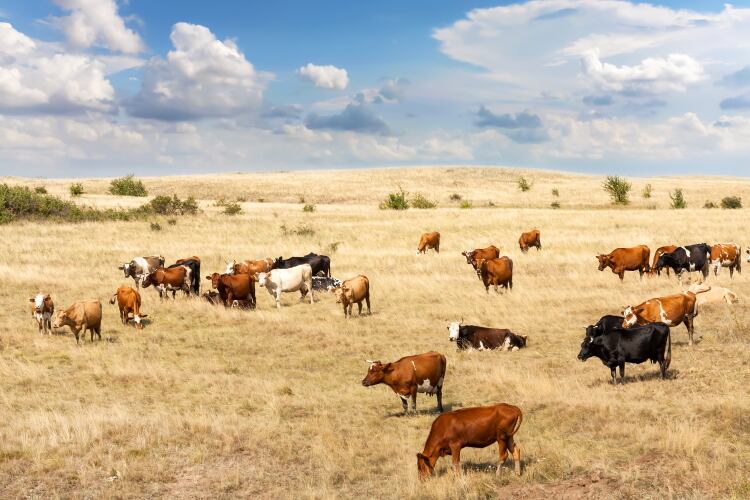The global corn market is set for a period of elevated prices during 2023 as the war in Ukraine continues to hamper the country’s ability to export grain while industries such as the animal feed sector provide stable demand for the commodity.
Production has increased by around 11% over the last five years but is still catching up with demand, which stands at 14%, the company highlighted. The ongoing war in Ukraine, late planting in the US and dry weather in LATAM are some of the main factors that could affect production and pricing in the coming months.
Demand from the US and China – the top global corn consumers – is rising, driven by processing segments such as citric acid and corn starch, the latter predicted to rise by 4.8% CAGR over the coming years. China has bought only 126,727mt of corn from Ukraine, compared to 1.26mmt in 2021. Corn shipments from all origins to China between January to May fell by 2.9% according to customs data, while in May shipment volumes fall by 34.1% (US corn exports to China exceeded US$4.8bn in FY 2022, the second-highest level on record). “The Chinese feed industry demand for corn remains under pressure leading to lowered livestock margins,” Beroe explained.
Disruption to Ukraine’s grain exports has also affected pricing. The country is responsible for 15% of global corn exports, and the majority of corn was shipped via the Black Sea route, which is severely impacted by the war. This is particularly true of the port of Odesa, which was hit by a drone attack, disrupting its energy network in December 2022. Shipments via road and rail into Europe continue, but the capacity on those routes is far smaller than via the country’s sea ports.
European farmers meanwhile have opted to purchase corn from South America and US, including genetically-modified corn. But dry weather in LATAM, particularly in Brazil, as well as late plantings in the US, could impact second crop quality from the region, the analytics company predicted. In the US, corn production cost was US$634/acre, with total operating and allocated overhead costs comprising 48.7% and 51.3% of the total cost respectively.
“Corn is planted during April and May, while harvest usually begins around September,” Beroe said in its analysis. “The planting and harvesting of corn influence the price trend cycles in the US. Generally, the prices trend downward between September and December due to harvest.
“The downward trend continues from January to March as harvest supply enters the market. Prices could then trend upward or downward between April and August, depending on demand and farmer preferences, such as rotation with soy.”
The company concluded that global corn prices are likely to remain elevated in the short-to-medium term, adding:
“Costs could become more favorable for procurement as major production countries begin harvest. Supplies from US and Brazil could ease prices in the medium term.”



